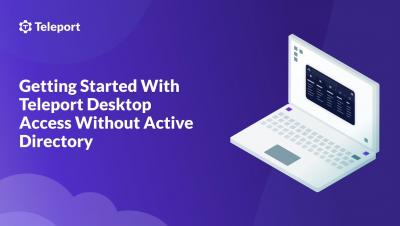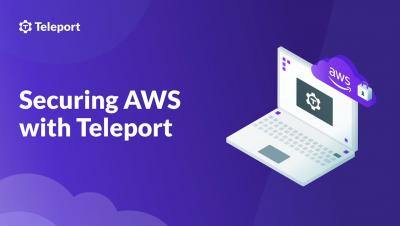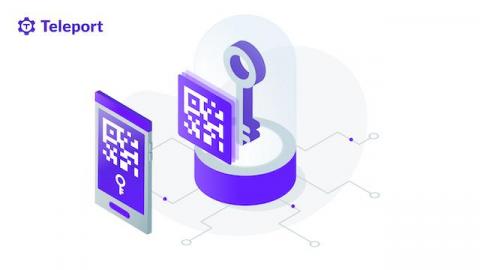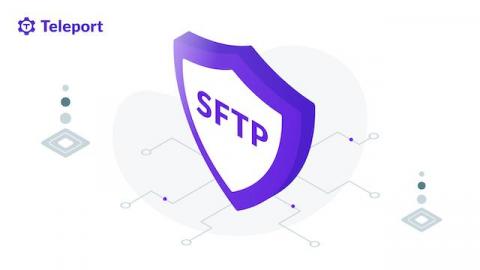Security | Threat Detection | Cyberattacks | DevSecOps | Compliance
Teleport
DevSecOps Lunch Round Table at Teleport Connect
Panel: Access at Scale
Getting Started With Teleport Windows Access
Securing AWS CLI with HTTPS proxy using Teleport
Passkeys for Infrastructure
I predict that 2023 will be the year of Passkeys. Passkeys are a new passwordless authentication method allowing users to create online accounts and sign in without entering a password. Passkeys have been years in the making and finally, industry fido alliance collaboration (fido2) and the adoption between Apple, Microsoft, and Google have now made it a reality. Passkeys leverage the WebAuthn API to let users log into various websites and applications.
Getting Started With Teleport Desktop Access
SFTP: a More Secure Successor to SCP
Copying files between computers is a common task, and there are a lot of protocols designed to do just that. But not all protocols are created equally. Many people use the popular OpenSSH scp command to transfer files, but few understand the risks surrounding it. This blog post will attempt to explain what the SCP and SFTP protocols are, how they work, and why SFTP should be used wherever possible.
Remote Development with Visual Studio Code and Teleport
SELinux, Dragons and Other Scary Things
If you've ever used Linux, you’ve probably heard about SELinux or Security-enhanced Linux. For a very long time, my interaction with it was just restricted to: Like many other security solutions, SELinux can sometimes be annoying, and understanding even the basic concepts can change our bigger enemy to our best friend.











